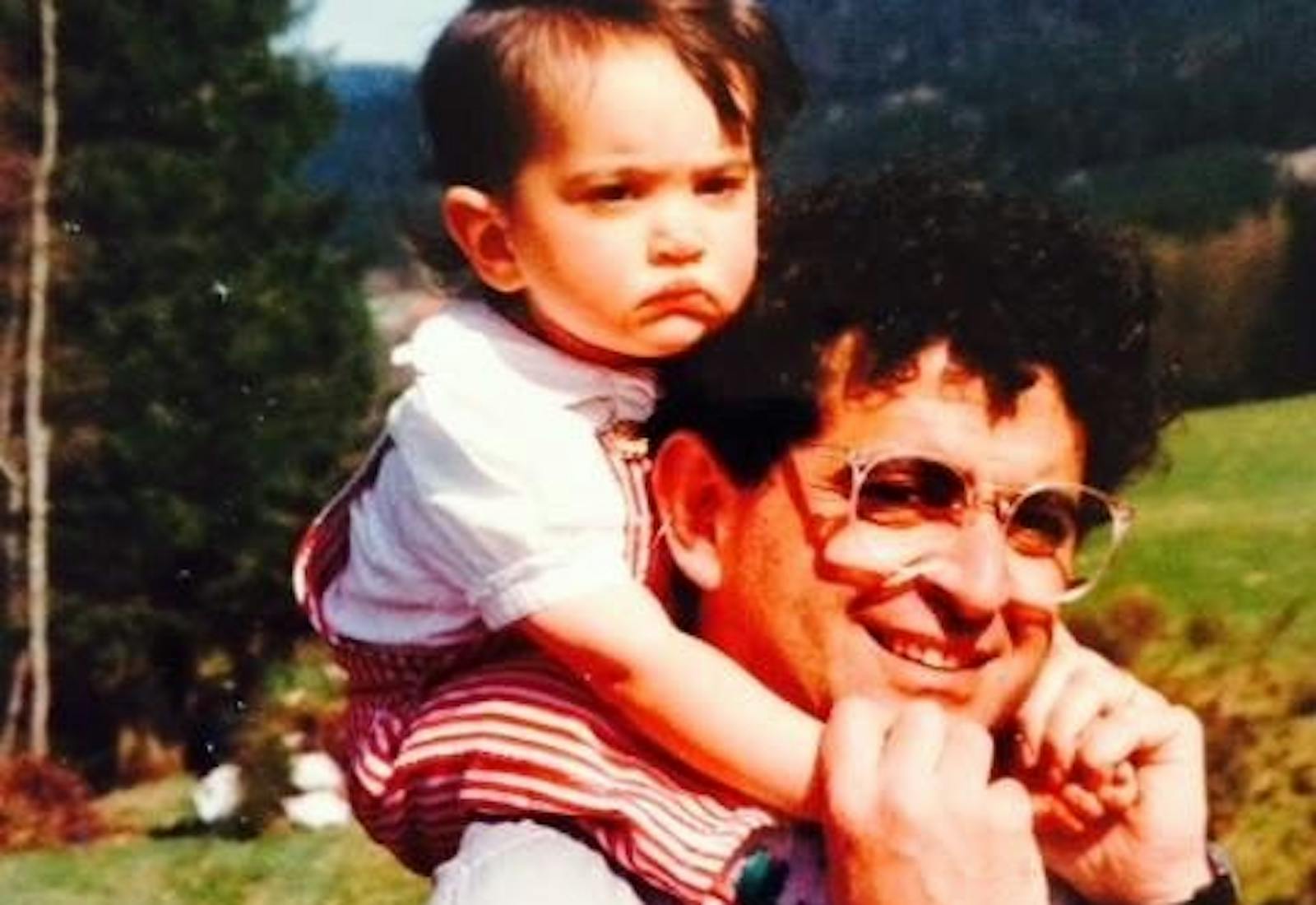Shared by Anna and Claude Polonsky

In 1905, when a pogrom against Kyiv Jewish community broke out, part of Claude Polonsky’s family, his paternal grandparents and their parents, fled by boat and planned to resettle in the United States. When the boat stopped in France, they were told the next one to America was departing in six months. They decided to stay, falling in love with the culture and music, and resettling in Paris. In 1920, when Jews in Poland experienced a pogrom, members of his family from his mother’s side, the Horns, moved from near Lodz, in central Poland, also making their home in Paris.
When World War II started, Claude’s parents were 20 years old and they joined the resistance. While some family members like his parents survived the war, many perished at Auschwitz. One of them was Berko Polonsky, Claude’s grandfather. He owned a tailoring atelier that made custom suits for men. During World War II, administrators from the Nazi regime were installed at businesses in France, including his. “Berko did not want to abandon his staff, so he kept going to work every day,” Anna, Claude’s daughter, explains. In 1944, the Nazis deported him on one of the last trains to Auschwitz.
For those who survived, Anna says, life as Jews in France was layered with complex emotions. “A lot of Jewish families had done well in France,” she explains. They felt at home, even welcome, but a deep sense of betrayal after the war.
Still, her family remained in France and held on to their Jewish traditions as a form of cultural identity, but not a religious practice. “After Auschwitz no one [in my family] kept their faith,” Anna explains. For her father Claude, Judaism was his culture and history and he continued to celebrate the holidays, but without a connection to god and that’s how he raised Anna.
There was, however, a strong connection to Ukraine and Poland. They listened to klezmer music, read books about Eastern Europe, and kept family stories and recipes alive. Growing up, tsibeles, or soft scrambled eggs with onions caramelized in schmaltz, was a favorite of Claude’s. “His entire childhood... is related to that dish,” Anna says. And, when she was little, klops, a Polish meatloaf made with veal, brisket, hard boiled eggs, and lots of onions, was a staple.
She also fondly remembers trying Jewish recipes from friends whose families emigrated from North Africa, learning about their approach to Jewish traditions. There were bowls of couscous and pots of pkaila, a burnt spinach stew from Tunisia. “I just always love how I have a lot of Jewish friends, but not one of us is the same,” she explains. “We all have our own take on the traditions”
After generations in France, Anna and Claude’s family has not only held on to their Ashkenazi recipes, but updated them as well. “The recipes keep evolving from one generation to another,” Anna says. The family’s apple strudel, for example, is now referred to in French as strudel aux pommes and is made with apples that are cooked as they would be in a tarte tatin, a classic French pastry. Claude’s added orange to the recipe, and Anna’s worked in cinnamon. “We all kept refining it,” she adds.
Anna and Claude will share these recipes and a few others at a Shabbat dinner in New York City co-hosted by Jewish Food Society and Anna’s branding and design consulting firm Polonsky and Friends. We hope to see you there, but if you can’t make it, these recipes will help bring a taste of Eastern Europe, with some French touches to your own table.

